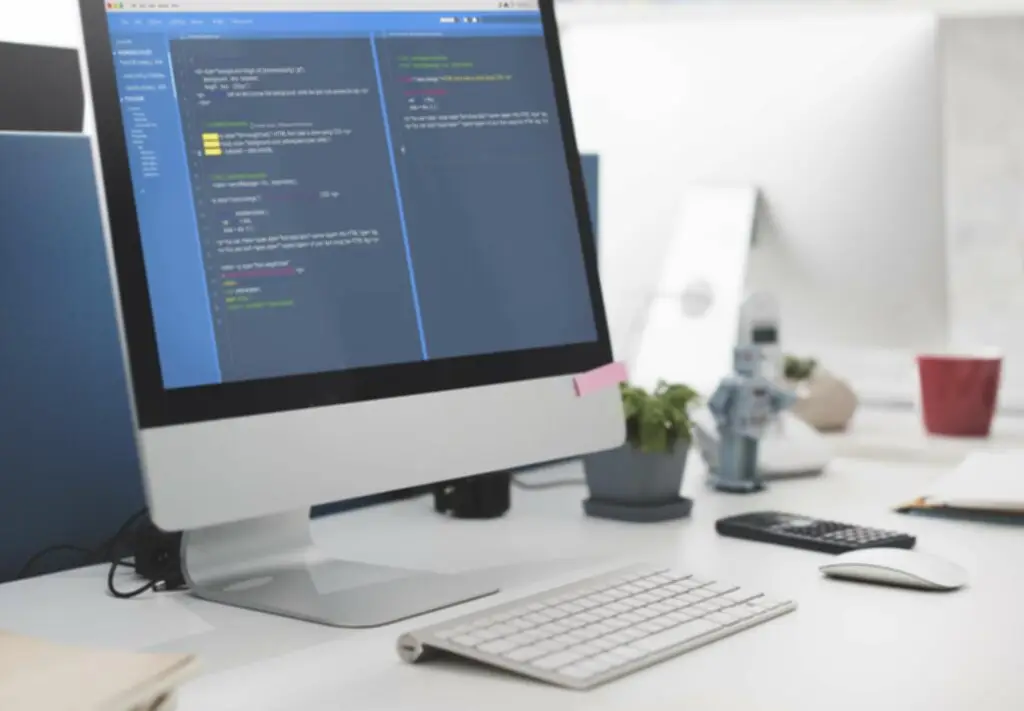The info obtained through the requirement evaluation stage was primarily described in words, and on the design stage, the plan is amended with the technical particulars. Big bang mannequin definition of software life cycle model is specializing in all forms of sources in software program growth and coding, with no or very little planning. First, to determine the top of a section and the start of the subsequent, some certification methods need to be employed at the end of every step. In this technique, the entire means of software improvement is divided into various phases. The Waterfall approach includes less user interplay within the product improvement course of.

The SDLC lifecycle outlines the steps builders observe to create software that meets customer expectations and stays within price range. By following these SDLC best practices, builders ensure the end product is high-quality and aligns with the client’s necessities. Once you’ve got accomplished all testing phases, it’s time to deploy your new utility for patrons to make use of. After deployment, the launch could contain advertising your new product or service so individuals find out about its existence.
- In the V mannequin, every section of the SDLC has its own accompanying testing phase.
- This mannequin is appropriate for advanced projects where risk administration is important.
- Conventional programming tools like compilers, interpreters, debuggers, etc. are also put into use at this stage.
- The agile model is among the hottest SDLC fashions because it emphasizes collaboration, continuous supply and customer feedback.
- They additionally revisit any remaining dangers, especially round scalability making sure the website can handle a rising number of customers.
- When the program is finalized and has no crucial points, it’s time to launch it for the end-users.
What’s Sdlc Lifecycle – Phases Fashions Advantages Instruments W
This approach permits avoiding many errors that may appear because of inadequate control over the project. It is beneficial to the developers who could also be working with the product sooner or later, but it takes a lengthy time to write down every little thing down. In quick, iterative growth is a means of breaking down the software improvement of a big utility into smaller items. Throughout this part, the software’s detailed structure and performance are deliberate. It encompasses each high-level and low-level design features, outlining how this system will function and seem. It is certainly one of the important phases in SDLC life cycle to ensure that the project aligns with the previously gathered requirements.
The Incremental model is a variation of the standard Waterfall mannequin. It divides project necessities into teams and follows a series of mini-Waterfall cycles to develop software program incrementally. Each cycle builds on the previous one, including more functionality until all requirements are met.
Improved Quality Assurance
That’s why designers may change one thing within the mockups, or devs might make minor modifications to the features’ implementation. The senior team members carry out it with input from all of the stakeholders and area experts or SMEs within the industry. That is why it is vital to outline the software’s scope, prioritize its worth, and anticipate the team’s motion. Even in case you have a proper timeframe planned, it might possibly simply come across sudden hitches. Regularly monitor the model’s efficiency and update it with new customer data to maintain it accurate.
A couple of paperwork are also produced to assist the engineers perceive the end-to-end expected output. The team members are assigned and the activities needed to build the software are outlined (e.g., collect necessities, interview shoppers, conduct smoke checks, etc.). The spiral model is appropriate for large and complicated tasks that require frequent modifications.
This documentation facilitates clean transitions when group members change, guaranteeing that new members can shortly grasp the project’s status and necessities. In this life cycle mannequin, the system is partitioned in accordance with areas of performance. Each major practical space is developed and delivered independently to the client. For example, within the bike hire system, duties regarding issuing a motorbike might be developed and delivered, adopted by returning a motorcycle after which sustaining customer information. This structured approach ensures the machine studying mannequin is dependable, efficient, and repeatedly bettering, helping the telecom company scale back customer churn and improve retention.

As Soon As a consumer is happy, the prototype is transformed to the actual system with all issues for quality and security. Agile methodology is a practice which promotes continues interaction of development and testing during the SDLC means of any project. In the Agile technique, the entire project is divided into small incremental builds. All of these builds are provided in iterations, and every iteration lasts from one to a few weeks. In this type of SDLC mannequin testing and the event, the step is planned in parallel.
The SDLC provides a structured approach to defining and documenting project aims and necessities. It ensures that every one stakeholders have a transparent and shared understanding of what the project aims to realize. Enterprise analysts and project managers have interaction in conferences with the shopper to determine what the software program should accomplish, who the end-users are, and the purpose of the product. The aim is to create a complete https://www.globalcloudteam.com/ Software Requirement Specification (SRS) doc that serves as a reference throughout the project’s lifecycle.
In Iterative Mannequin we start developing the software with some necessities and when it’s developed, it is reviewed. If there are necessities for adjustments in it, then we develop a new version of the software program based mostly on these requirements. Agile Improvement Mannequin is a mixture of iterative and incremental fashions, that is, it is made up of iterative and incremental fashions. In the agile model, the software product is divided into small incremental components. After the event of the product, testing of the software is important to ensure its easy execution. Due To This Fact, at this stage, all the probable flaws are tracked, fastened, and retested.
The most versatile of the SDLC models, the spiral model is just like the iterative mannequin in its emphasis on repetition. The spiral mannequin goes by way of the planning, design, build and take a look at phases over and over, with gradual improvements at each move. The whole project is planned upfront without any scope for changing requirements, corresponding to Waterfall are all rigid and highly managed. They outline distinct levels for project planning from begin to end and assume that you have all the requirements and data how to use ai for ux design you want upfront.
